The blast may have been a kilonova — a type of neutron star merger — in the wake of a more traditional supernova.
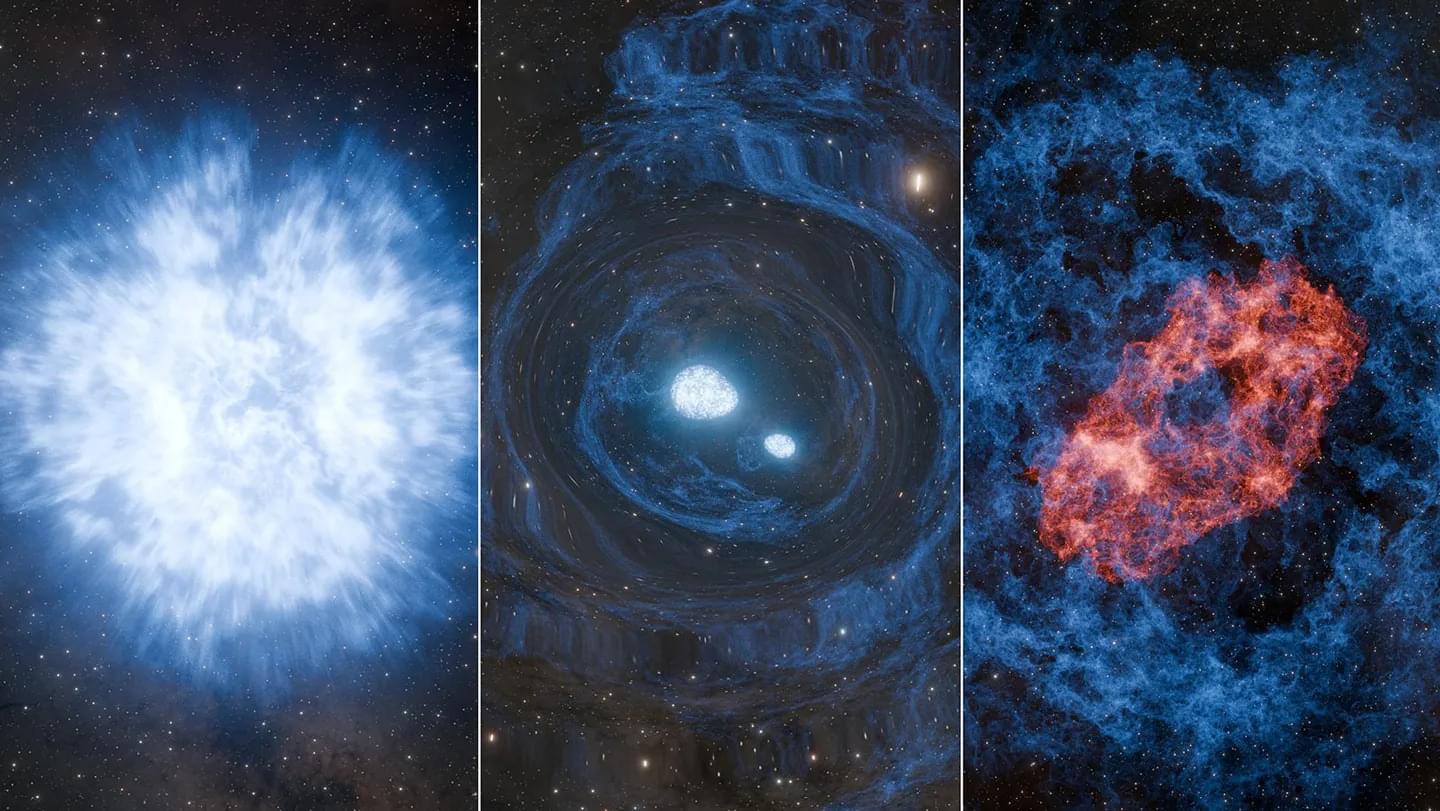

Decoherance which is why we are not aware of the universe splitting.
Is our universe a definitive single reality or is it merely one within an infinitely branching multiverse? Be sure to check out Physics Girl’s Dianna Cowern for more awesome science / physicsgirl.
Get your own Space Time tshirt at http://bit.ly/1QlzoBi.
Tweet at us! @pbsspacetime.
Facebook: facebook.com/pbsspacetime.
Email us! pbsspacetime [at] gmail [dot] com.
Comment on Reddit: / pbsspacetime.
Support us on Patreon! / pbsspacetime.
Help translate our videos! https://www.youtube.com/timedtext_cs_p… Copenhagen interpretation of quantum mechanics tells us that observation collapses a probability wave into a single definitive outcome, but this isn’t the only interpretation of quantum mechanics. The many worlds theory proposes that the wavefunction never actually collapses. The observer simply follows one of those many possible paths into their present reality while all the other paths continue on independent of the observer. Each of these paths branches off into an entirely different reality. In this episode Matt discusses the details of the many worlds theory and why it’s not so far-fetched to think that our reality is simply one of an infinite number of realities existing within space time. Links to sources: The Quantum Experiment that Broke Reality • The Quantum Experiment that Broke Reality… Hugh Everett’s Ph.D. Dissertation http://www-tc.pbs.org/wgbh/nova/manyw… Crazy Pool Vortex
• Crazy pool vortex Previous Episode
• The First Humans on Mars Written and hosted by Matt O’Dowd Produced by Rusty Ward Made by Kornhaber Brown (www.kornhaberbrown.com)
The Copenhagen interpretation of quantum mechanics tells us that observation collapses a probability wave into a single definitive outcome, but this isn’t the only interpretation of quantum mechanics. The many worlds theory proposes that the wavefunction never actually collapses. The observer simply follows one of those many possible paths into their present reality while all the other paths continue on independent of the observer. Each of these paths branches off into an entirely different reality. In this episode Matt discusses the details of the many worlds theory and why it’s not so far-fetched to think that our reality is simply one of an infinite number of realities existing within space time.
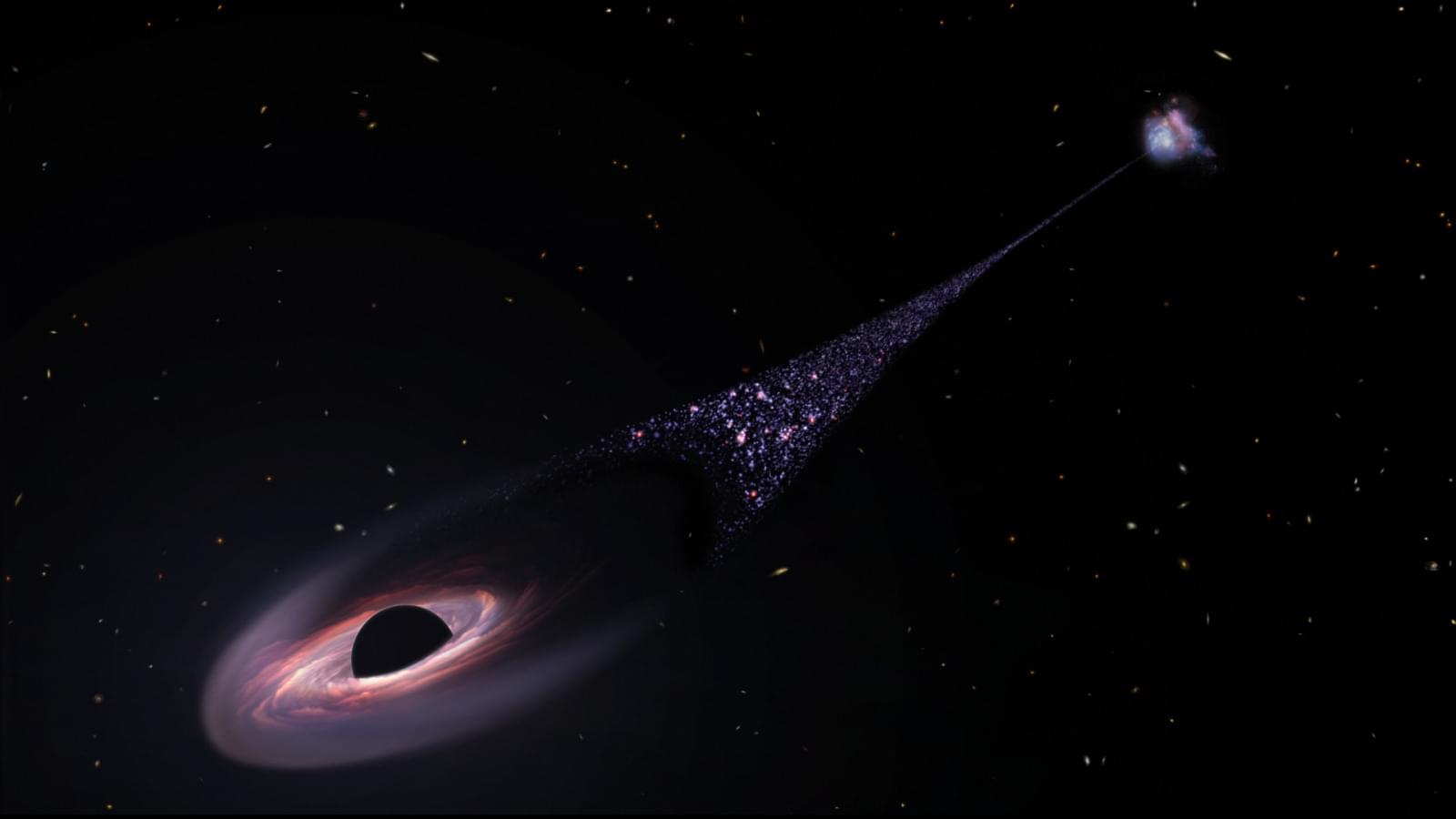
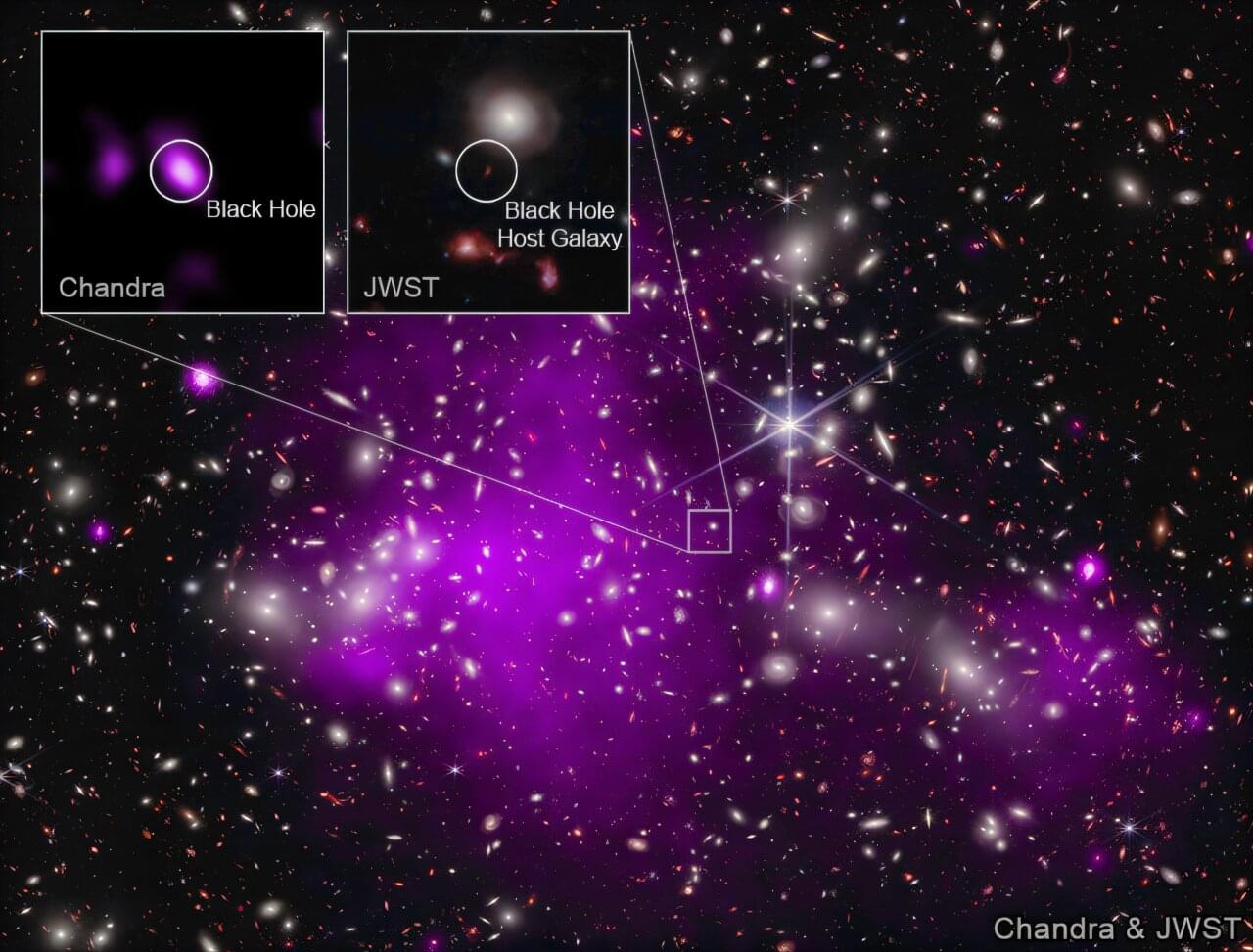
A recent study provides answers to three seemingly disparate yet pressing cosmic dawn puzzles. Specifically, the authors show how dark stars could help explain the unexpected discovery of “blue monster” galaxies, the numerous early overmassive black hole galaxies, and the “little red dots” in images from the James Webb Space Telescope (JWST).
The work is published in the journal Universe. It was led by Colgate Assistant Professor of Physics and Astronomy Cosmin Ilie, in collaboration with Jillian Paulin at the University of Pennsylvania, Andreea Petric of the Space Telescope Science Institute, and Katherine Freese of the University of Texas at Austin.
The first stars in the universe form in dark matter-rich environments, at the centers of dark matter microhalos. Roughly a few hundred million light-years after the Big Bang, molecular clouds of hydrogen and helium cooled sufficiently well to begin a process of gravitational collapse, which eventually led to the formation of the first stars.
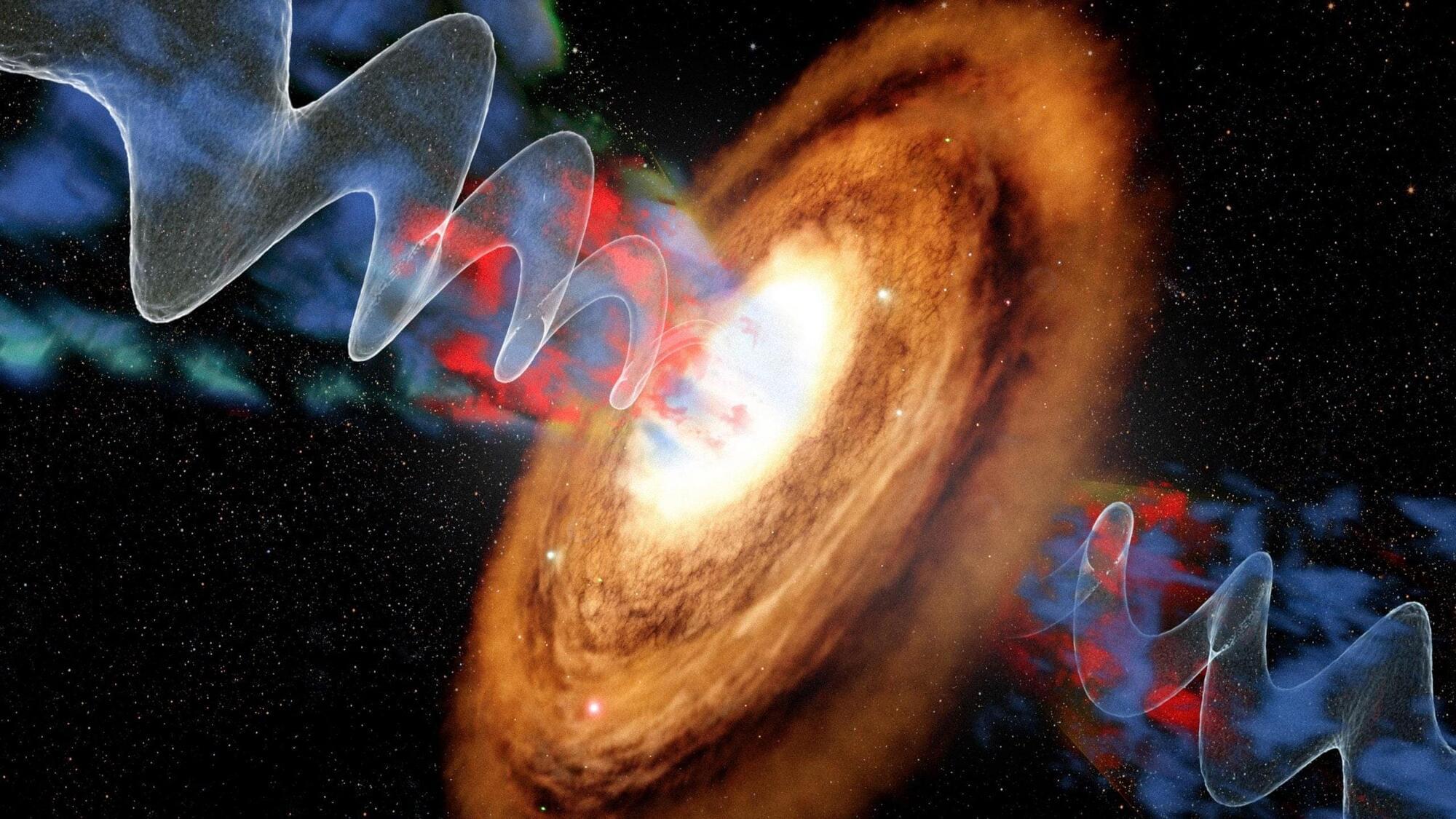
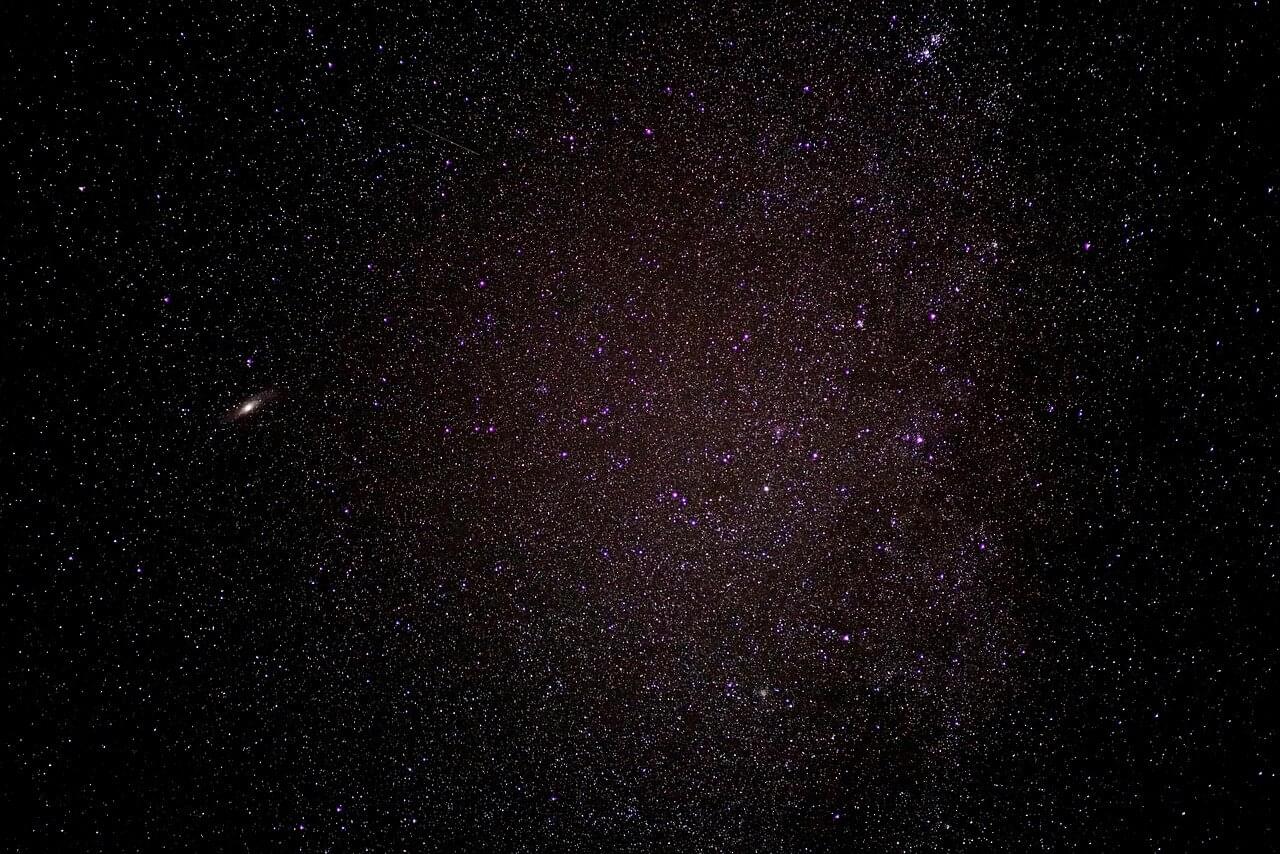
Scientists are a step closer to solving one of the universe’s biggest mysteries as new research finds evidence that two of its least understood components may be interacting, offering a rare window into the darkest recesses of the cosmos.
The University of Sheffield findings relate to the relationship between dark matter, the mysterious, invisible substance that makes up about 85% of the matter in the universe, and neutrinos, one of the most fundamental and elusive subatomic particles. Scientists have overwhelming indirect evidence for the existence of dark matter, while neutrinos, though invisible and with an extremely small mass, have been observed using huge underground detectors.
The standard model of cosmology (Lambda-CDM), with its origins in Einstein’s general theory of relativity, posits that dark matter and neutrinos exist independently and do not interact with one another.
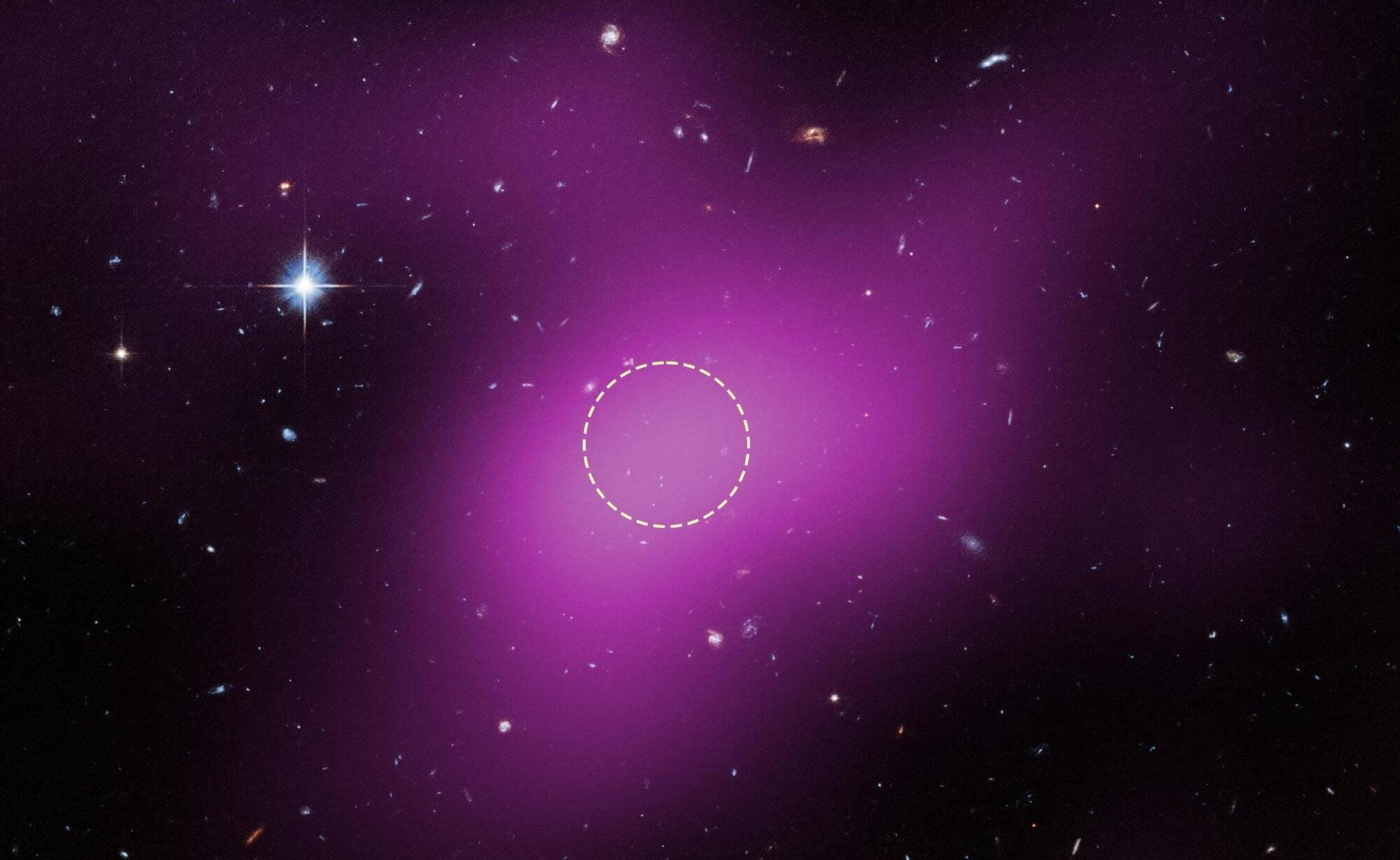
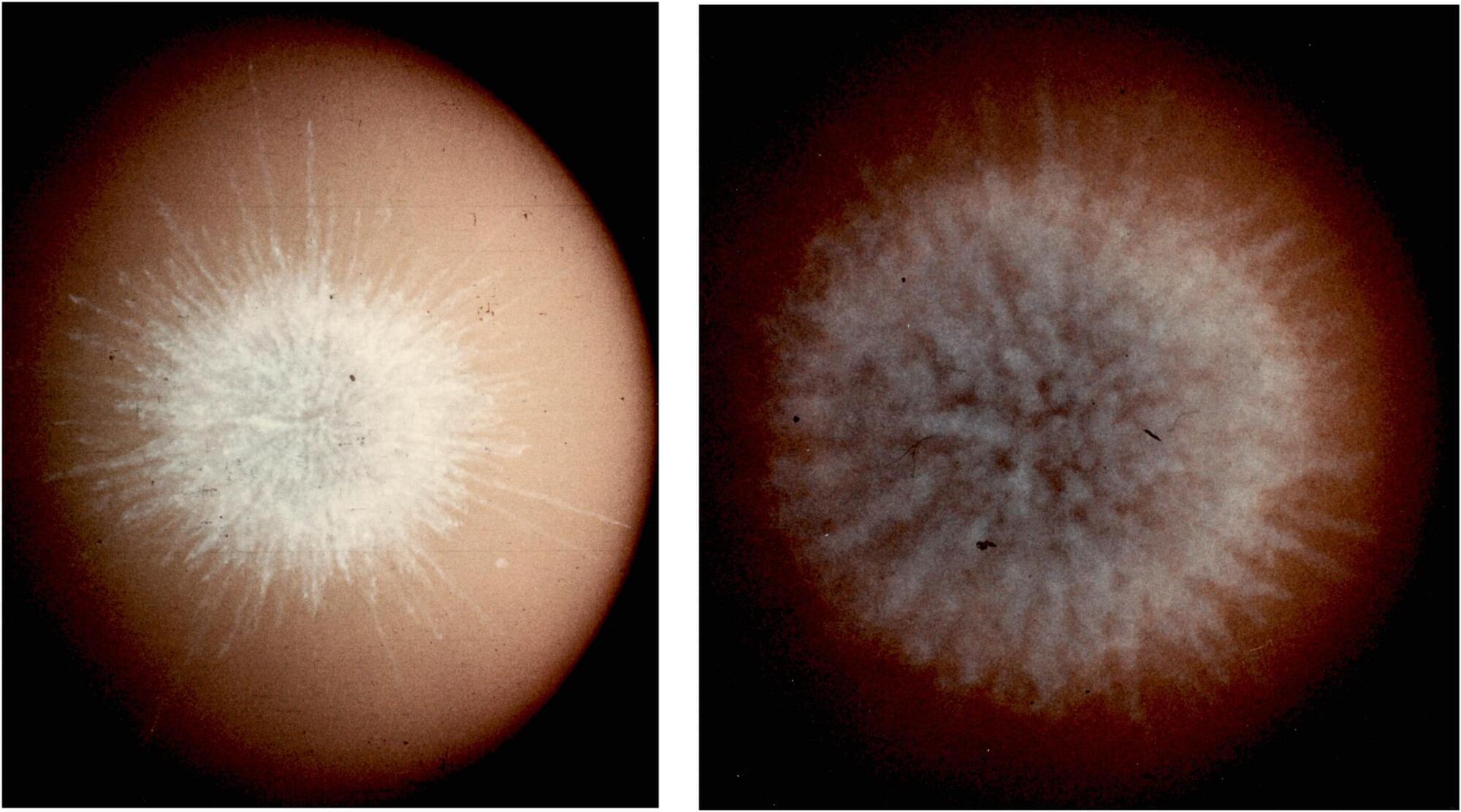
In 1181 AD, a bright “guest star” was observed to linger in the sky for around six months. Nearly 850 years later, the likely remnants of this event were rediscovered and tentatively linked to the 1181 supernova and dubbed supernova remnant (SNR) Pa 30. Yet, this supernova remnant was unique in appearance and researchers have struggled to understand why.

When it comes to understanding the universe, what we know is only a sliver of the whole picture.
Dark matter and dark energy make up about 95% of the universe, leaving only 5% “ordinary matter,” or what we can see. Dr. Rupak Mahapatra, an experimental particle physicist at Texas A&M University, designs highly advanced semiconductor detectors with cryogenic quantum sensors, powering experiments worldwide and pushing the boundaries to explore this most profound mystery.
Mahapatra likens our understanding of the universe—or lack thereof—to an old parable: “It’s like trying to describe an elephant by only touching its tail. We sense something massive and complex, but we’re only grasping a tiny part of it.”
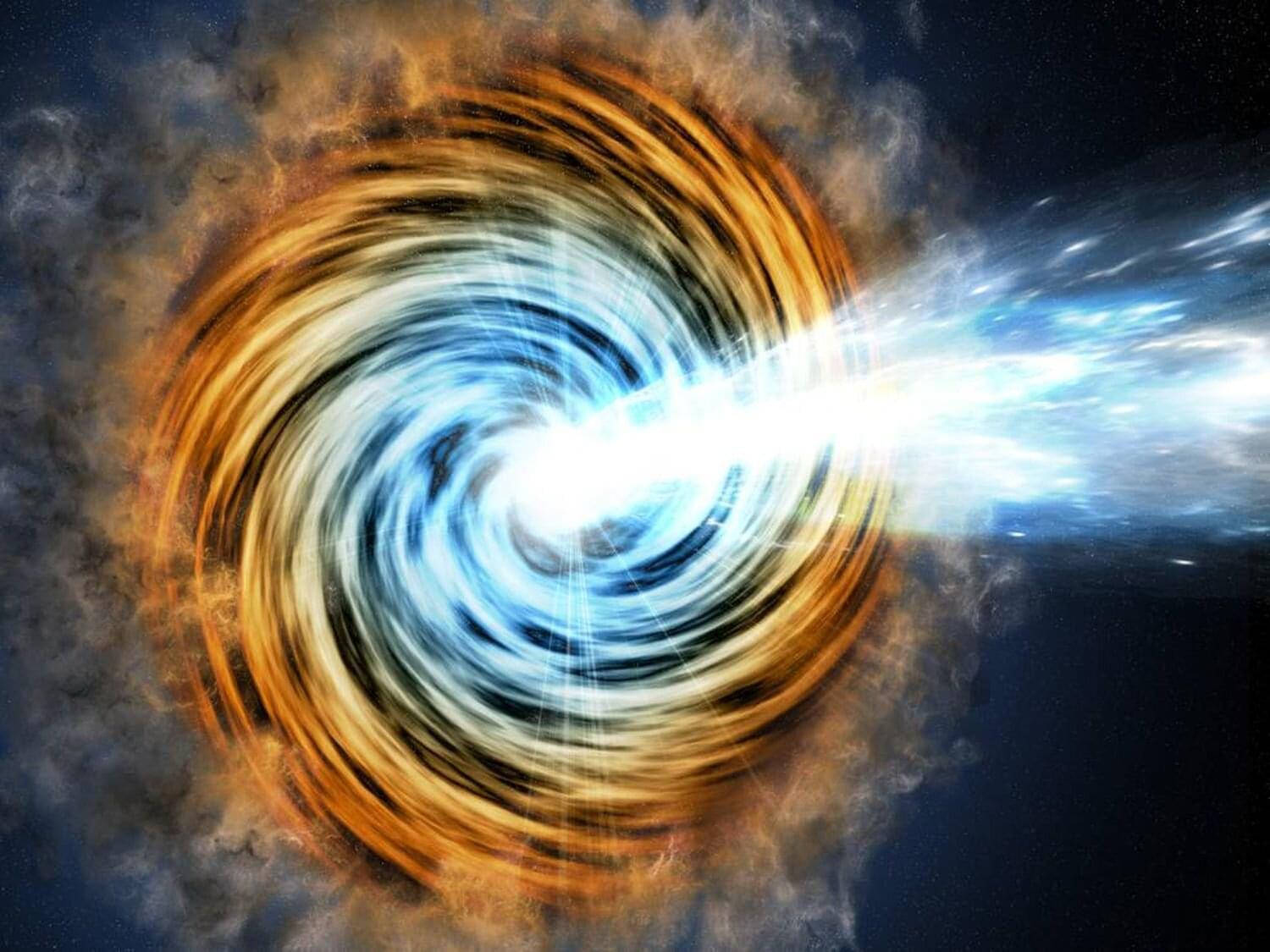
Using the Whole Earth Blazar Telescope (WEBT), an international team of astronomers have performed long-term photometric observations of a luminous blazar known as Ton 599. Results of the observations, published in the Astronomy & Astrophysics journal, shed more light on the optical variability of this object.
Blazars are very compact quasi-stellar objects (quasars) associated with supermassive black holes (SMBHs) at the centers of active, giant elliptical galaxies. They are the most luminous and extreme subclass of active galactic nuclei (AGNs). The characteristic features of blazars are highly collimated relativistic jets oriented very close to our line of sight.
Based on their optical emission properties, astronomers generally divide blazars into two classes: flat-spectrum radio quasars (FSRQs) that feature prominent and broad optical emission lines, and BL Lacertae objects (BL Lacs), which do not.